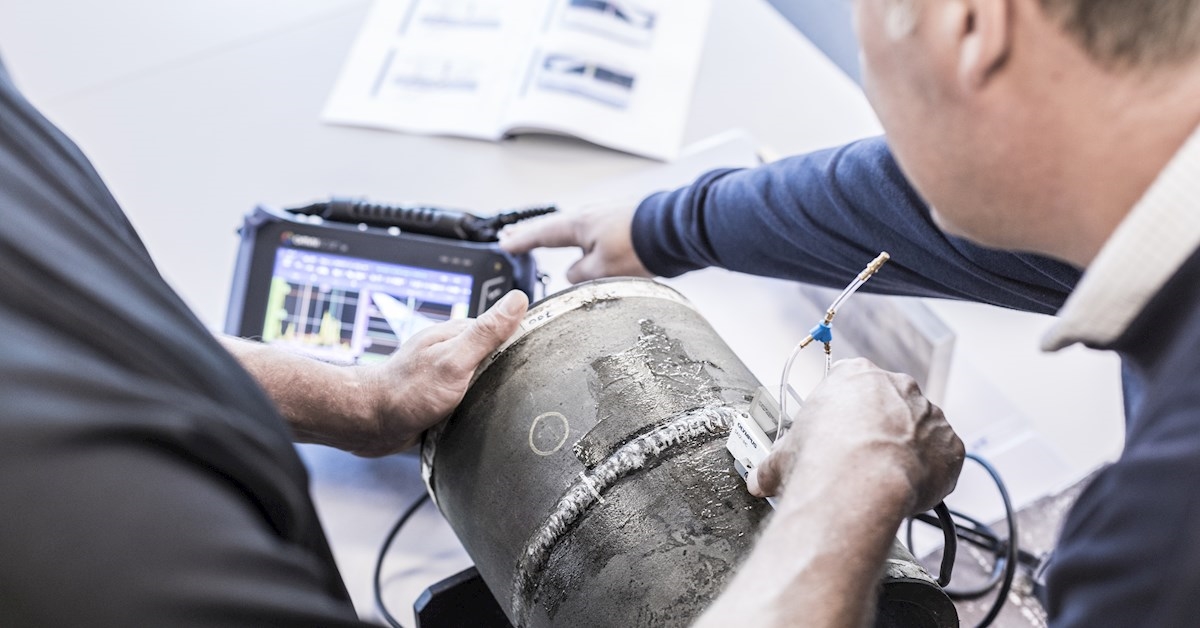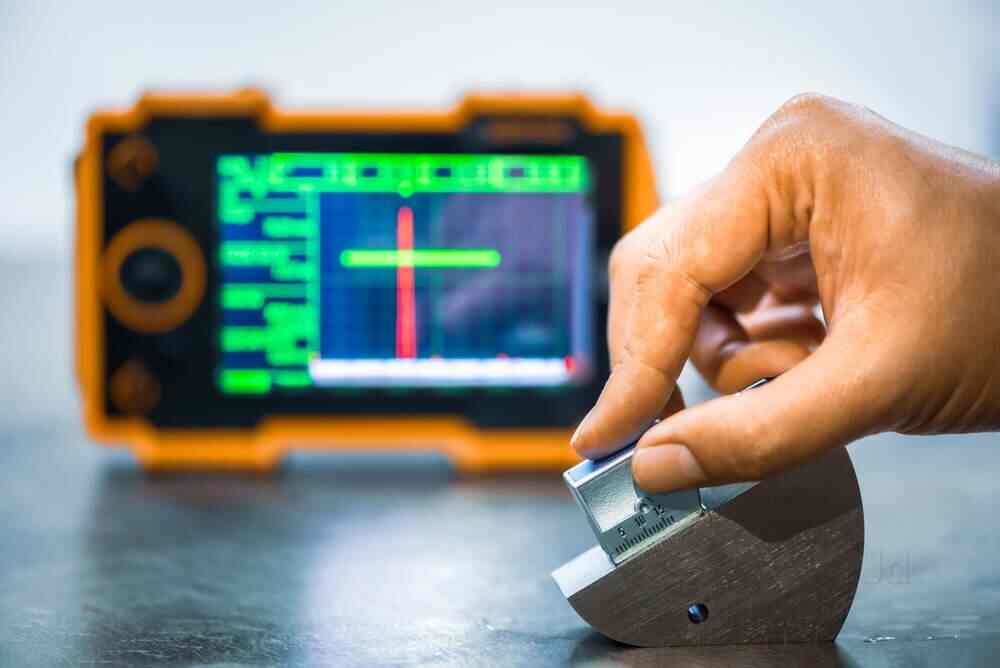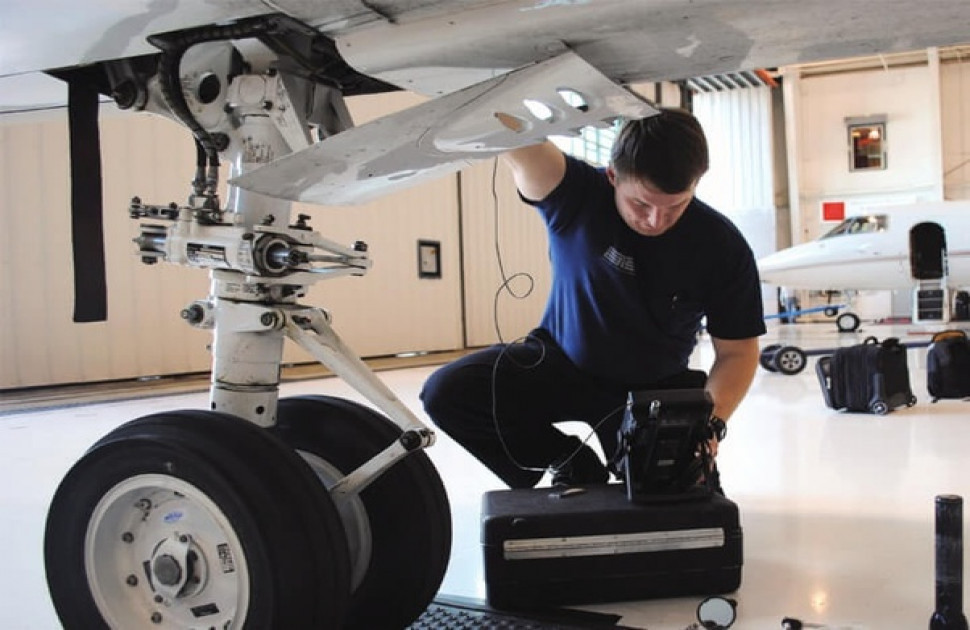In the realm of industrial quality assurance, understanding frequency drift problems in inspection is crucial. These issues can lead to significant inaccuracies, affecting the overall reliability of inspection processes. By addressing these challenges, industries can enhance their inspection systems’ efficiency and precision, ensuring better product quality and safety.

What is Frequency Drift?
Frequency drift refers to the gradual change in the frequency of a signal or system over time. In inspection systems, it can cause discrepancies in measurements, leading to flawed assessments and decisions. This issue is particularly prevalent in sectors where precision is paramount, such as aerospace, automotive, and electronics.
Causes of Frequency Drift in Inspection
Several factors contribute to frequency drift problems, including environmental conditions, aging equipment, and electromagnetic interference. Understanding these causes can help mitigate their impact on inspection systems and improve overall accuracy.
Environmental Factors
Temperature fluctuations and humidity can alter the physical characteristics of materials and components, leading to frequency drift. Ensuring a controlled environment during inspections can minimize these effects.
Aging Equipment
As equipment ages, components may degrade, resulting in frequency drift. Regular maintenance and timely upgrades are essential to maintain accuracy in inspections.
Electromagnetic Interference
External electromagnetic fields can disrupt the frequency stability of inspection systems. Implementing shielding techniques and using high-quality components can mitigate this interference.
Impact of Frequency Drift on Inspection Accuracy
Frequency drift can significantly impact the accuracy of inspection processes. It may lead to false positives or negatives, affecting the reliability of quality assurance and potentially resulting in costly errors or safety hazards.
False Positives
Inaccurate frequency measurements can lead to the identification of defects or issues that do not exist, causing unnecessary delays and additional costs.
False Negatives
Conversely, frequency drift may result in missed defects or issues, posing significant safety risks and compromising product quality.
Solutions to Frequency Drift Problems
Addressing frequency drift problems requires a combination of technology, process optimization, and regular maintenance. Implementing these solutions can enhance the reliability and accuracy of inspection systems.
Advanced Calibration Techniques
Regular calibration of inspection equipment using advanced techniques can help maintain frequency stability and ensure accurate measurements. Low vs High Frequency Inspection offers insights into choosing the right calibration approach.
Robust Equipment Design
Designing equipment with robust components and materials can reduce the impact of frequency drift. Incorporating innovations in synchronization technologies can enhance equipment resilience to environmental and electromagnetic disturbances.
Regular Maintenance and Upgrades
Routine maintenance and timely upgrades of inspection equipment are crucial to address wear and tear that contribute to frequency drift. Ensuring that equipment is in optimal condition can reduce the likelihood of inaccuracies.
Future Trends in Addressing Frequency Drift
Emerging technologies are offering new solutions to address frequency drift problems in inspection. Quantum synchronization and advanced frequency analysis techniques are paving the way for more accurate and reliable inspection processes.
Quantum Synchronization
Quantum synchronization offers precise frequency control, minimizing drift and improving inspection accuracy. Learn more about quantum synchronization in inspection tools.
Advanced Frequency Analysis
Utilizing advanced frequency analysis techniques can help industries identify and correct frequency drift issues early, ensuring more reliable inspection outcomes.
Conclusion
Understanding and addressing frequency drift problems in inspection is essential for maintaining the accuracy and reliability of quality assurance processes. By leveraging advanced technologies and best practices, industries can enhance their inspection systems, ensuring better product quality and safety. For more insights into inspection processes, visit this resource.

FAQs
What causes frequency drift in inspection systems?
Frequency drift can be caused by environmental factors, aging equipment, and electromagnetic interference, all of which affect the stability of frequency measurements.
How does frequency drift impact inspection accuracy?
Frequency drift can lead to false positives or negatives, affecting the reliability of quality assurance and potentially resulting in costly errors or safety hazards.
What are the solutions to frequency drift problems?
Solutions include advanced calibration techniques, robust equipment design, and regular maintenance and upgrades to minimize the impact of frequency drift on inspection accuracy.
This article contains affiliate links. We may earn a commission at no extra cost to you.
